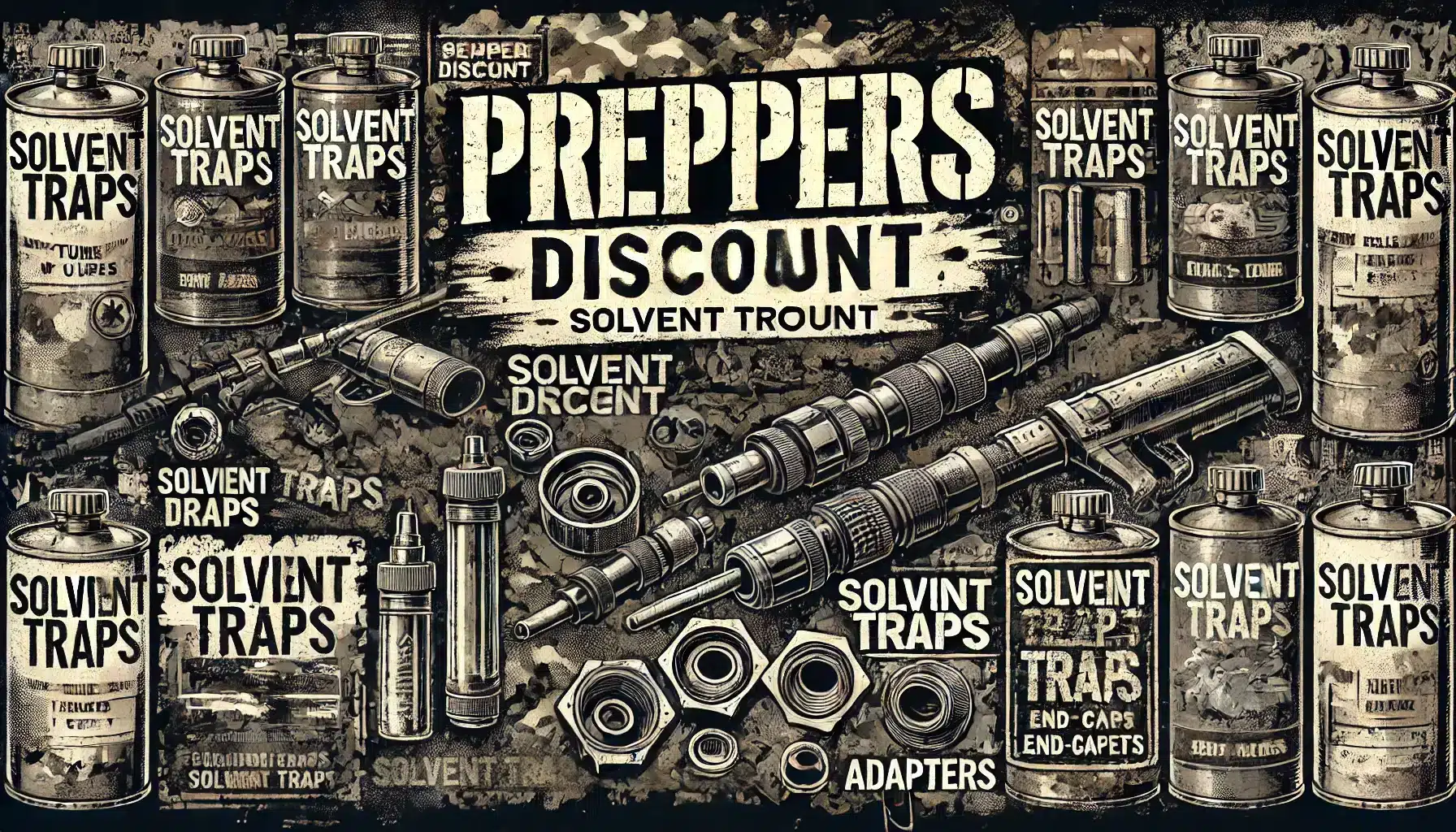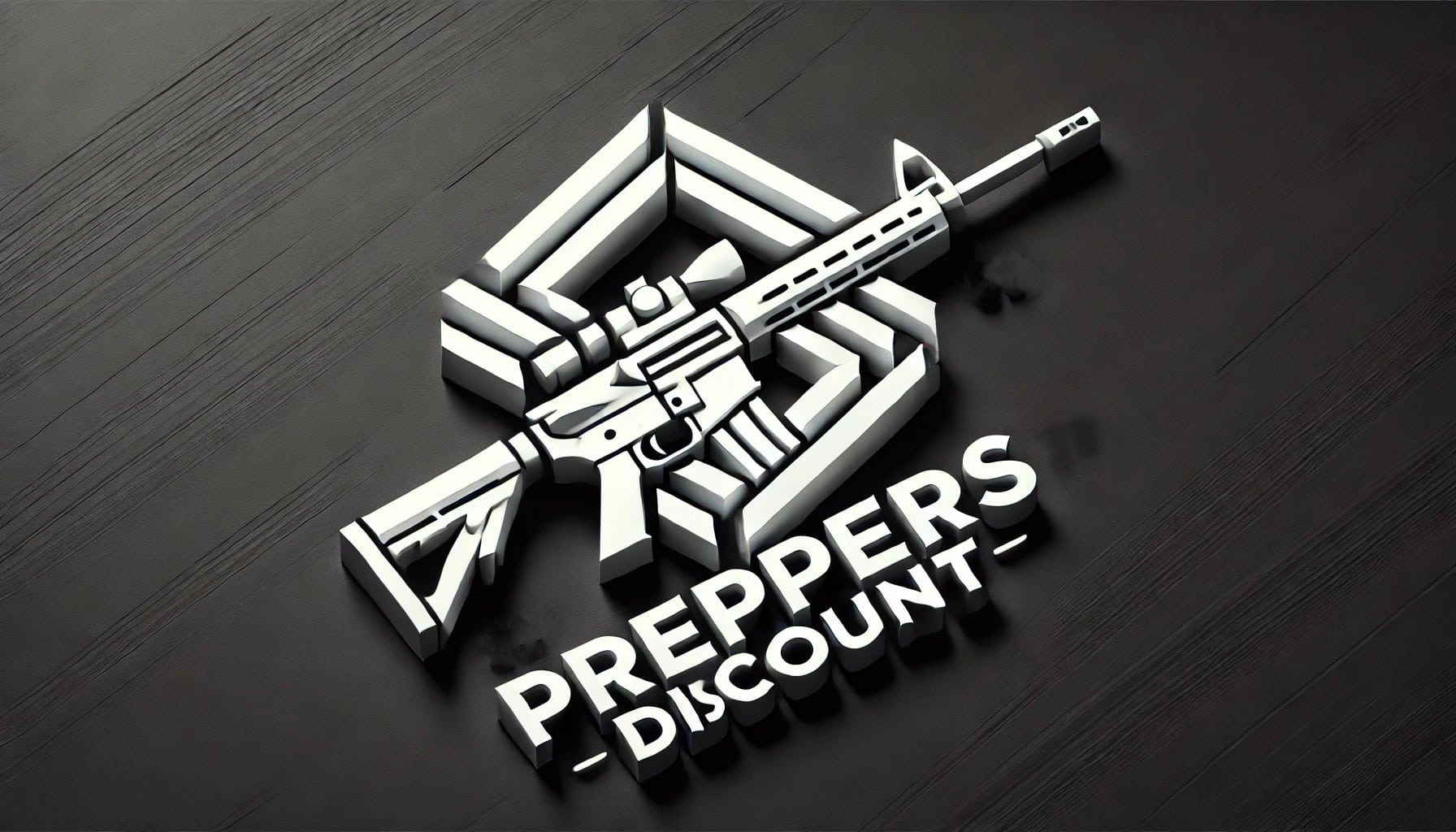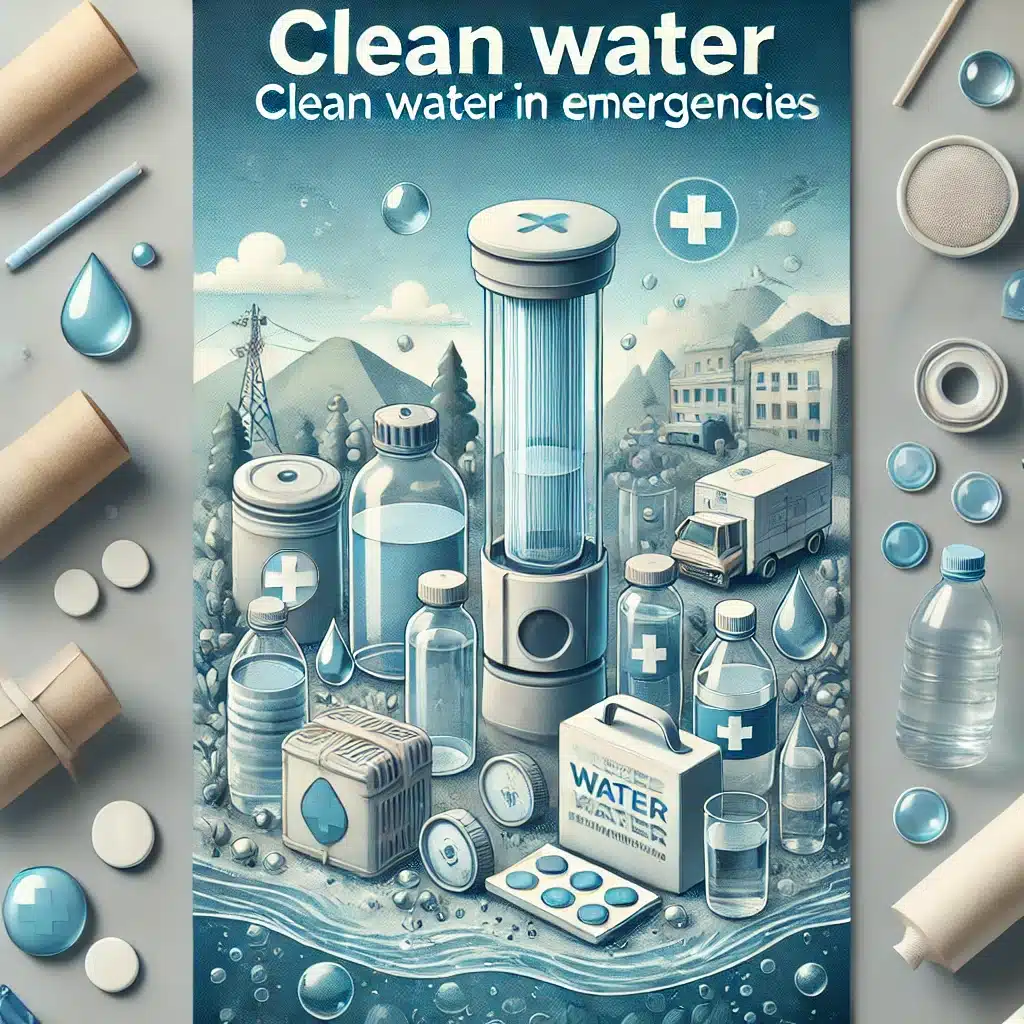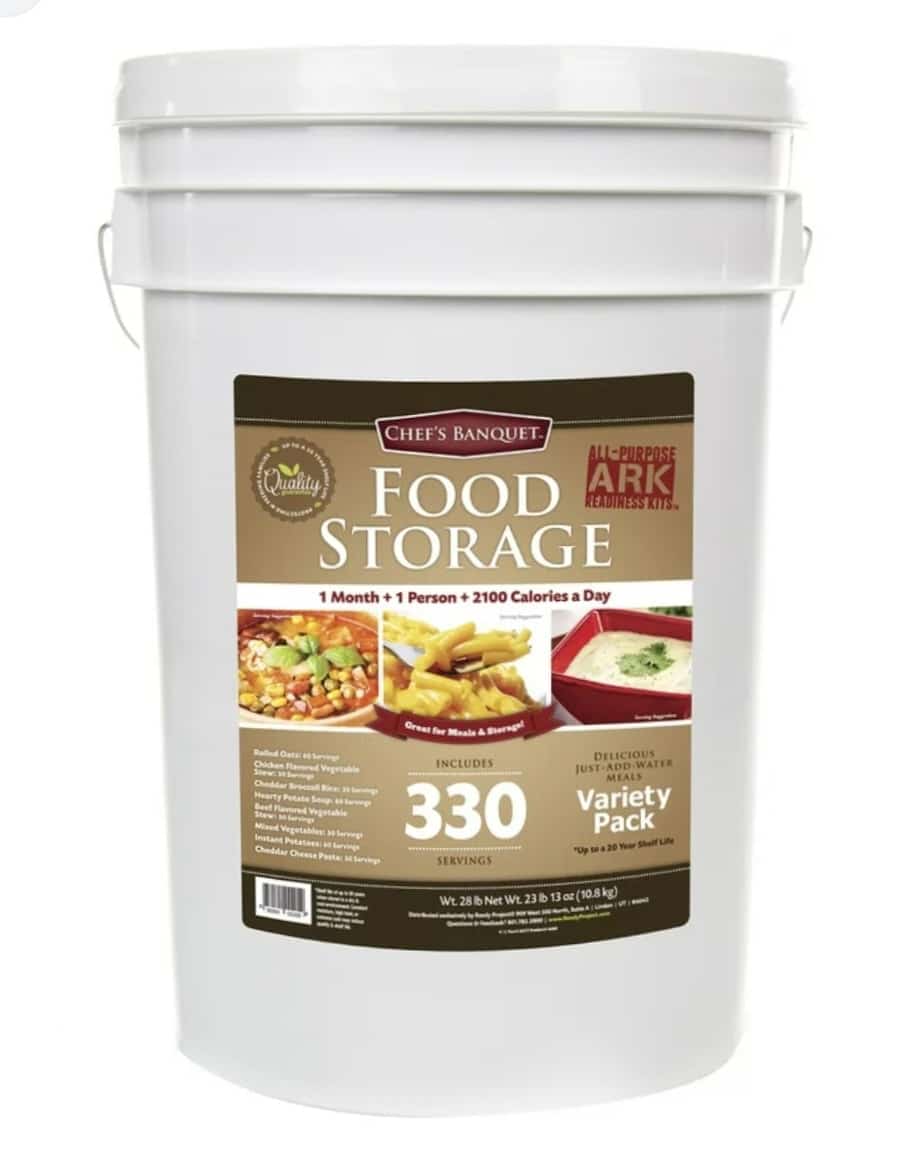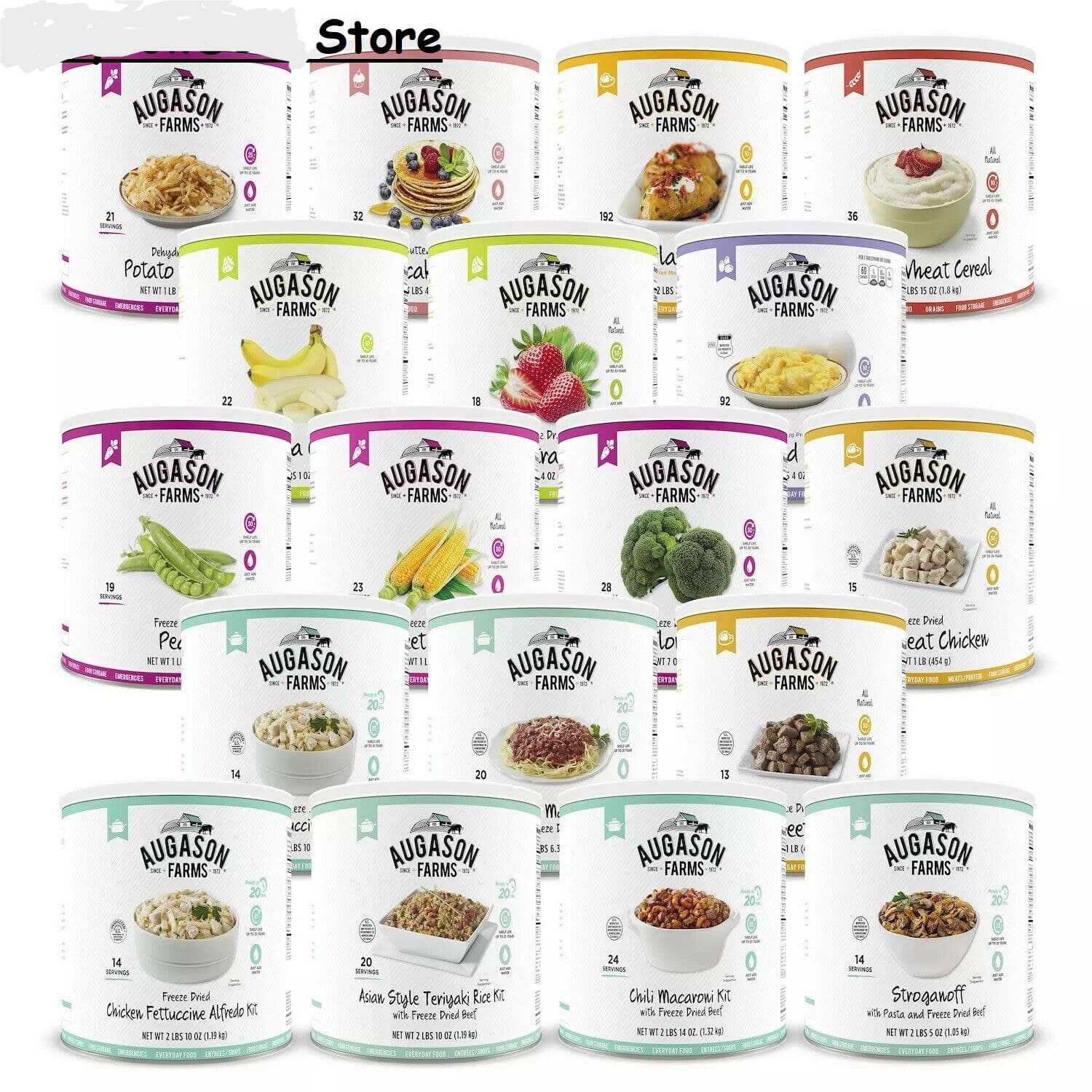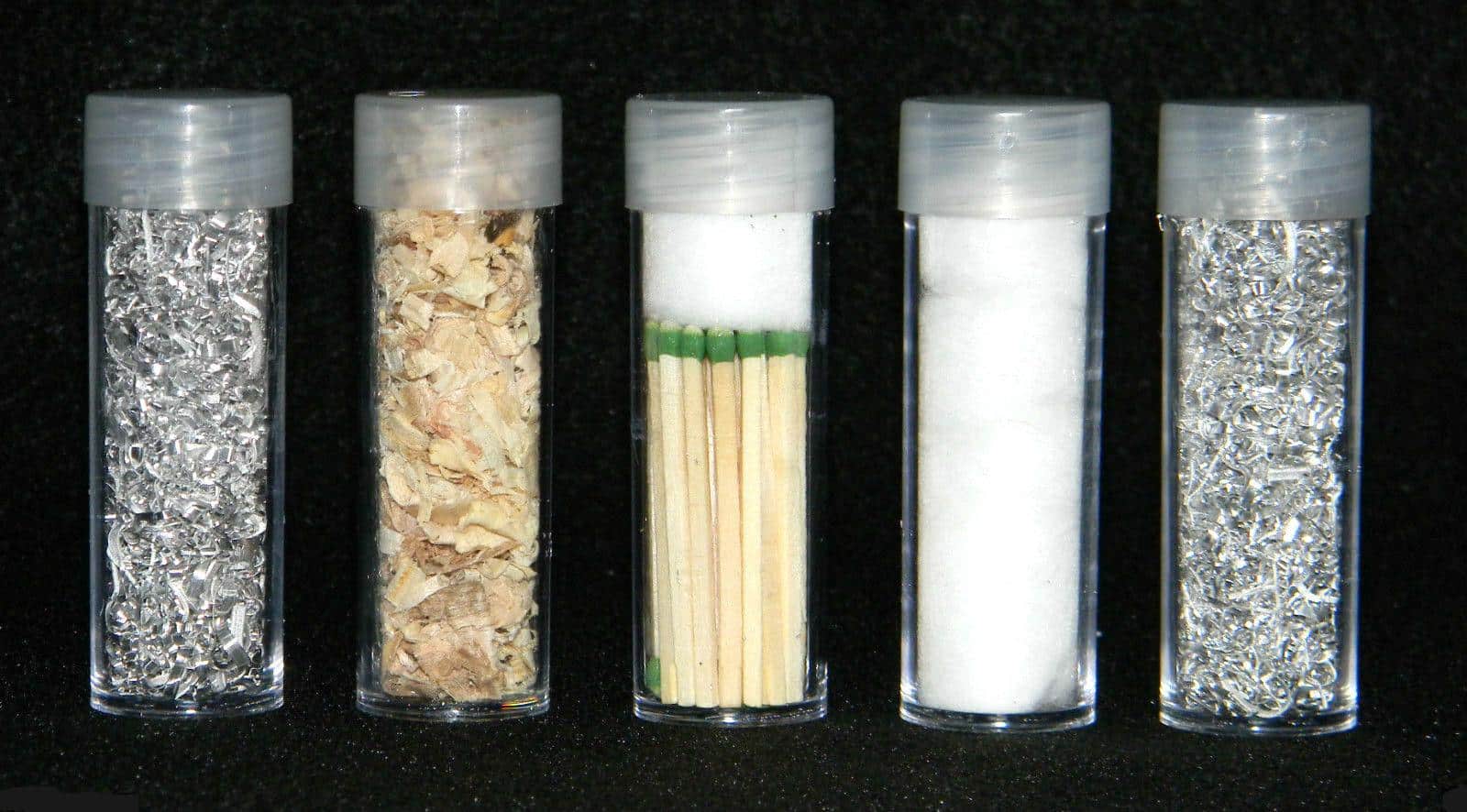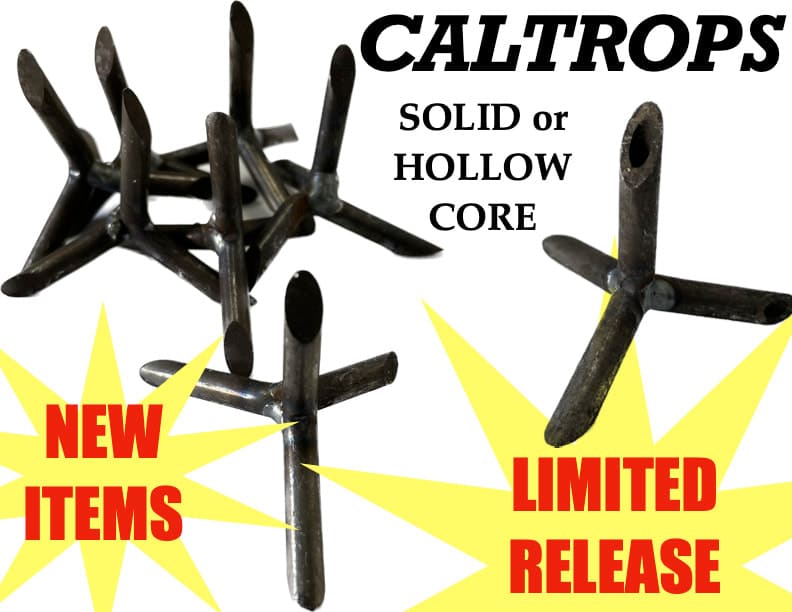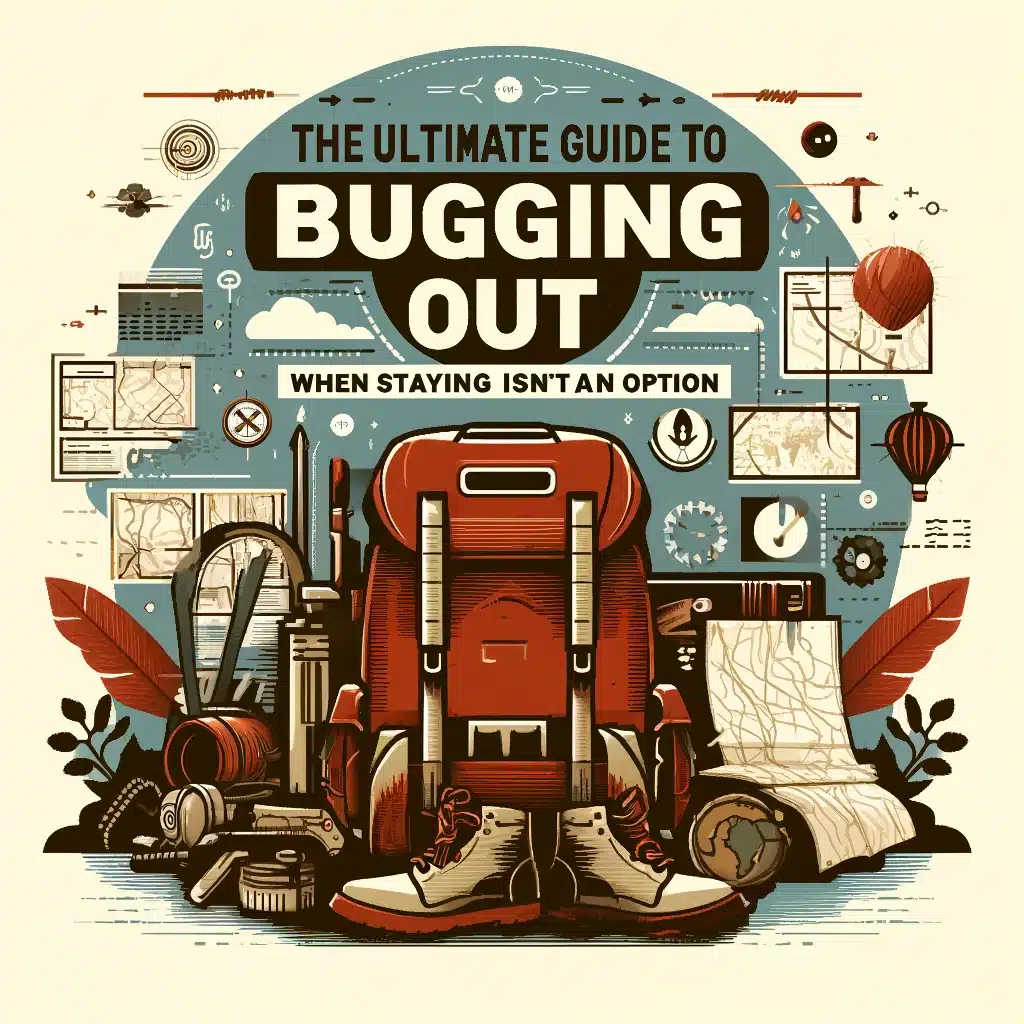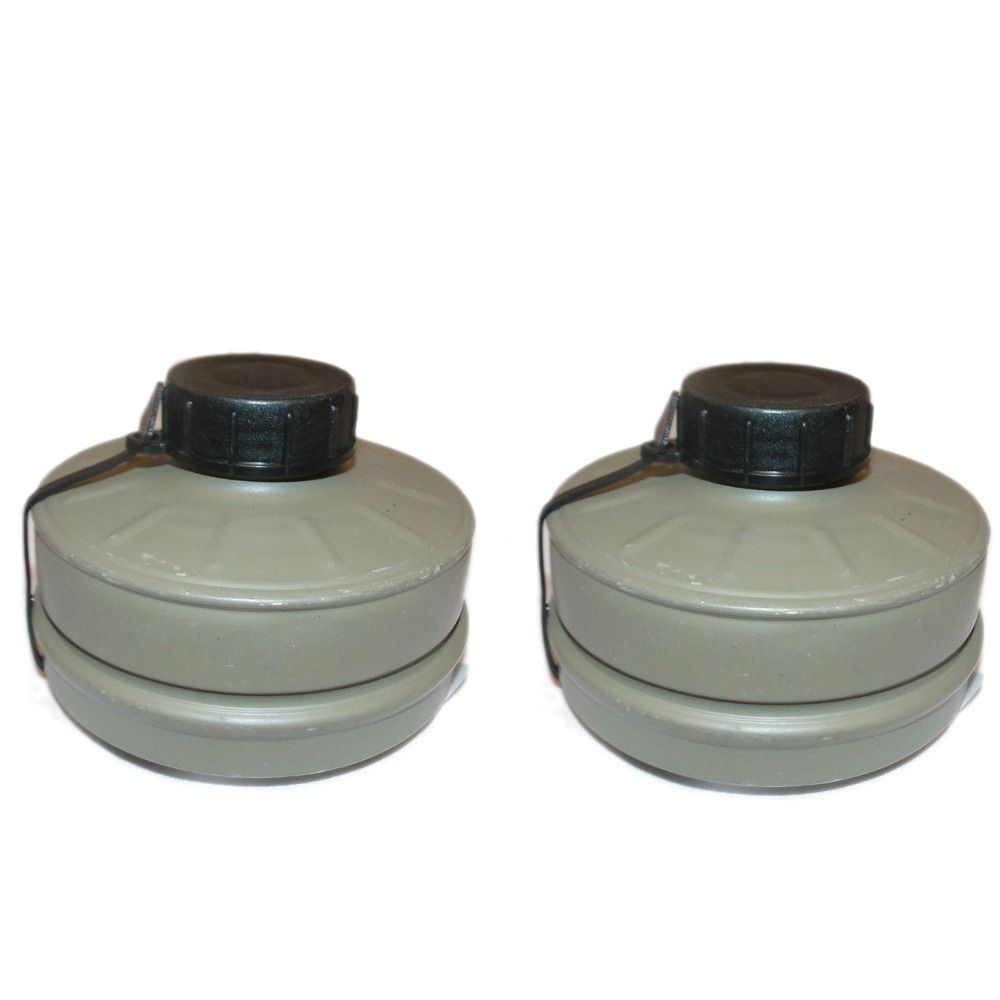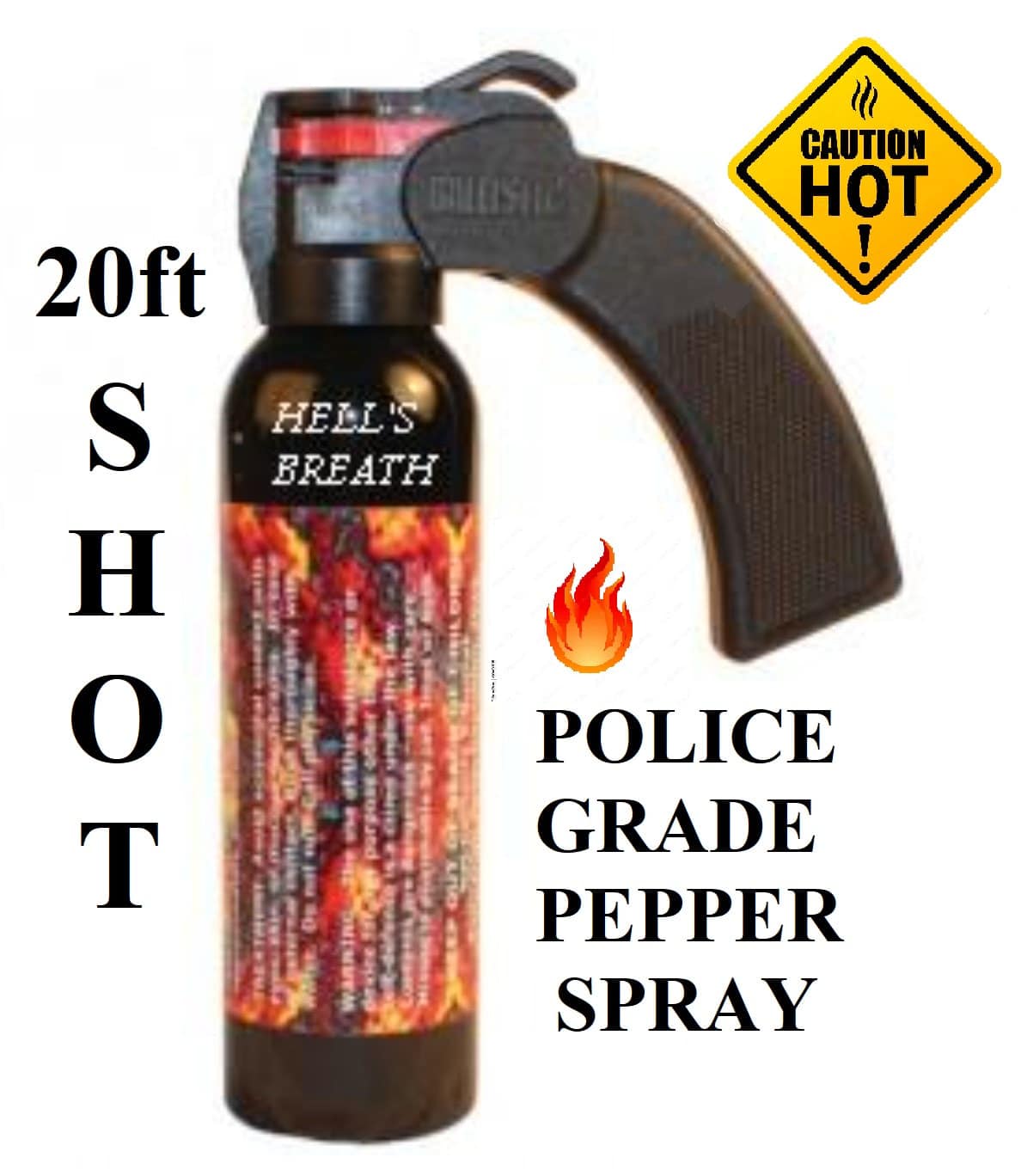The Ultimate Guide to Water Purification: Stay Hydrated in Emergencies

Introduction to Water Purification
Water is essential for life, making it one of the most critical aspects of any emergency preparedness plan. Whether you’re facing a natural disaster, a prolonged power outage, or a survival situation in the wilderness, having access to safe drinking water is paramount. This guide will explore the best methods and tools for water purification, helping you ensure that you and your loved ones stay hydrated when it matters most.
From simple filtration techniques to advanced purification systems, understanding how to purify water can make the difference between life and death in an emergency. We’ll cover various methods, including water filters, purification tablets, UV purification, and boiling, each with its own advantages and applications.
Why Water Purification is Crucial
Contaminated water is a leading cause of illness in survival situations. Bacteria, viruses, parasites, and chemical pollutants can all make water unsafe to drink. In an emergency, traditional sources of clean water, such as tap water, may no longer be available. Without proper purification, drinking untreated water can lead to serious health issues, including gastrointestinal infections, dehydration, and even death.
In addition to the immediate health risks, maintaining hydration is critical for overall survival. The human body can survive for weeks without food, but only a few days without water. Dehydration impairs physical and cognitive functions, making it harder to perform essential survival tasks. By prioritizing water purification, you can avoid these dangers and ensure your body’s most vital needs are met.
Top Water Purification Methods
There are several effective methods for purifying water, each suitable for different situations. Understanding the pros and cons of each method will help you choose the best approach based on your environment, available resources, and the contaminants you’re dealing with.
1. Filtration
Filtration is one of the most straightforward and effective ways to remove physical contaminants from water. Water filters can remove particles, bacteria, protozoa, and some chemicals. Filters are typically made of ceramic, carbon, or synthetic fibers that trap contaminants in the filter media. Portable water filters, such as pump filters, gravity filters, and straw filters, are popular among preppers and outdoor enthusiasts for their convenience and reliability.
One of the key benefits of filtration is its ability to remove turbidity (cloudiness caused by suspended particles) and improve the taste of water. However, not all filters are created equal. Some are designed to remove only bacteria and protozoa, while others can also filter out viruses and chemical contaminants. When selecting a filter, it’s important to consider the types of contaminants you may encounter and choose a filter rated to handle them.
2. Boiling
Boiling water is one of the oldest and most reliable methods of water purification. By bringing water to a rolling boil for at least one minute (or three minutes at higher altitudes), you can kill most pathogens, including bacteria, viruses, and parasites. Boiling is an excellent option when you have access to a heat source and can boil sufficient quantities of water for your needs.
While boiling effectively kills pathogens, it does not remove chemical contaminants or improve the taste of water. Additionally, boiling requires time and fuel, making it less practical for large groups or long-term use. Despite these limitations, boiling remains a valuable method for ensuring water safety, especially in emergency situations where other purification methods may not be available.
3. Chemical Disinfection
Chemical disinfection involves adding chemical agents, such as chlorine or iodine, to water to kill pathogens. This method is widely used for its effectiveness and ease of use. Disinfection tablets, drops, and liquids are available for portable use, making them a convenient option for preppers and travelers.
Chlorine is commonly used in municipal water treatment and can effectively kill bacteria, viruses, and some parasites. Iodine is another popular disinfectant, particularly for personal water purification. However, both chlorine and iodine can leave an unpleasant taste in the water, and some people may have allergic reactions to these chemicals.
It’s important to follow the manufacturer’s instructions for dosage and contact time when using chemical disinfectants. While effective, chemical disinfection may not remove all types of pathogens or chemical contaminants, so it’s often used in combination with other methods like filtration.
4. UV Purification
Ultraviolet (UV) purification uses UV light to kill or inactivate microorganisms in water. Portable UV purifiers, such as UV pens, are popular for their ease of use and ability to quickly treat small amounts of water. UV light disrupts the DNA of bacteria, viruses, and protozoa, rendering them unable to reproduce and cause infection.
One of the advantages of UV purification is that it doesn’t require the use of chemicals, which means there are no taste or odor issues. However, UV purifiers require clear water to be effective, as suspended particles can block the UV light and reduce its efficacy. Additionally, UV devices rely on batteries or a power source, so it’s important to have a backup plan in case of device failure.
5. Solar Disinfection (SODIS)
Solar disinfection, also known as SODIS, is a simple and low-cost method that uses sunlight to purify water. This method is particularly useful in areas with abundant sunlight and limited resources. To use SODIS, clear plastic bottles are filled with water and placed in direct sunlight for at least six hours. The combination of UV light and heat from the sun kills most pathogens, making the water safe to drink.
While SODIS is effective against bacteria, viruses, and protozoa, it may not be as effective in cloudy or cold weather. Additionally, it requires time and access to clean plastic bottles, which may not always be available. Despite these limitations, SODIS is an excellent option for those looking for a sustainable and low-tech water purification method.
6. Distillation
Distillation is a process that involves heating water to create steam, which is then condensed back into liquid form. This method effectively removes pathogens, salts, heavy metals, and other contaminants from water. Distillation is particularly useful for desalinating seawater or purifying water contaminated with chemicals.
While distillation produces highly purified water, it is a slow and energy-intensive process. It requires a significant amount of fuel or power to heat the water, making it less practical for large-scale use. However, for those with the necessary resources, distillation can provide a reliable source of clean water in challenging environments.
Building Your Water Purification Kit
Having a well-equipped water purification kit is essential for any prepper or survivalist. Your kit should include a variety of tools and methods to ensure you can purify water in different scenarios. Here’s a breakdown of what to include in your water purification kit:
1. Portable Water Filters
Include a high-quality portable water filter in your kit. Look for filters that can remove a wide range of contaminants, including bacteria, protozoa, and some chemicals. Filters with replaceable cartridges are ideal for long-term use. Consider carrying a straw filter for personal use and a gravity filter for larger groups.
2. Chemical Disinfection Tablets
Carry a supply of chemical disinfection tablets, such as chlorine or iodine. These are lightweight, easy to use, and can treat large volumes of water. Make sure to follow the instructions for proper dosage and contact time to ensure the water is safe to drink.
3. UV Purifier
A portable UV purifier is a valuable addition to your kit. It’s quick and easy to use, making it ideal for situations where time is of the essence. Ensure you have spare batteries or a solar charger to keep the device operational.
4. Water Storage Containers
Include durable, food-grade water storage containers in your kit. These can be used to store both treated and untreated water. Consider collapsible containers for easy transport and storage.
5. Boiling Supplies
Pack a portable stove or campfire supplies for boiling water. A lightweight pot and a heat source, such as a compact stove, will allow you to boil water in the field. Don’t forget to carry extra fuel.
6. Distillation Setup
For advanced preppers, a small distillation setup can be invaluable. This can be a DIY solar still or a compact distillation unit. Distillation is especially useful for purifying saltwater or heavily contaminated water.
7. SODIS Bottles
Consider adding clear plastic bottles for solar disinfection. This low-tech method is ideal for sunny environments where other purification methods may not be practical.
8. Water Testing Kits
Include a water testing kit to assess the quality of water before and after treatment. These kits can test for contaminants such as bacteria, chlorine, pH levels, and more, ensuring the water you drink is safe.
By having a diverse range of purification methods in your kit, you can adapt to different situations and ensure you always have access to safe drinking water.
Advanced Water Purification Techniques
For those looking to take their water purification capabilities to the next level, advanced techniques offer additional layers of safety and security. These methods are particularly useful in situations where water quality is severely compromised, or when you need to treat large volumes of water.
1. Reverse Osmosis
Reverse osmosis (RO) is a highly effective water purification method that removes a wide range of contaminants, including salts, heavy metals, and pathogens. RO systems use a semipermeable membrane to filter out impurities, leaving you with nearly pure water. While RO systems are typically used in home or commercial settings, portable RO units are available for field use.
However, reverse osmosis systems can be expensive and require significant power to operate. They also produce a considerable amount of waste water, which may be a concern in situations where water is scarce.
2. Ceramic Filters
Ceramic filters are a reliable and long-lasting option for water purification. These filters are made from porous ceramic material that traps bacteria, protozoa, and other particulates. Some ceramic filters are impregnated with silver to provide additional antimicrobial properties.
While ceramic filters are highly effective, they require regular cleaning and maintenance to prevent clogging and ensure optimal performance. They are ideal for long-term use and can be incorporated into both portable and stationary water purification systems.
3. Activated Carbon Filters
Activated carbon filters are commonly used in conjunction with other purification methods to remove chemicals, chlorine, and volatile organic compounds (VOCs) from water. These filters work by adsorbing contaminants onto the surface of the carbon, improving the taste and odor of the water.
While activated carbon filters are effective at removing certain chemicals, they do not remove pathogens. Therefore, they should be used as a secondary treatment method after filtration or chemical disinfection.
4. Ozone Purification
Ozone purification is a method that uses ozone gas to kill bacteria, viruses, and other microorganisms in water. Ozone is a powerful oxidant that can effectively disinfect water without leaving any harmful residues. Ozone generators can be used in both residential and industrial settings, as well as in portable units for field use.
While ozone is highly effective at killing pathogens, it requires electricity to generate, making it less practical for off-grid or emergency scenarios. Additionally, ozone can be harmful if inhaled, so proper precautions must be taken when using this method.
Water Purification in Different Environments
The environment in which you find yourself can greatly impact your choice of water purification methods. Whether you’re in an urban setting, the wilderness, or a coastal area, each environment presents unique challenges that require different approaches to ensure safe drinking water.
1. Urban Environments
In urban environments, the primary concerns are often chemical contaminants, industrial pollutants, and microorganisms in the water supply. During emergencies, municipal water systems may become compromised, making it necessary to purify water from alternative sources.
Filtration combined with chemical disinfection or UV purification is often the best approach in urban settings. Activated carbon filters can help remove chemical contaminants, while portable UV purifiers or chemical tablets can ensure the water is safe to drink.
2. Wilderness Environments
In wilderness environments, the main concerns are biological contaminants, such as bacteria, protozoa, and viruses. Streams, rivers, and lakes can all harbor these pathogens, making it crucial to purify any water you collect.
Portable water filters and UV purifiers are ideal for wilderness use. Boiling is another reliable option, especially when camping or setting up a temporary shelter. In cold environments, solar disinfection may be less effective, so having a backup purification method is essential.
3. Coastal Environments
Coastal environments present the challenge of saltwater, which requires desalination before it can be consumed. Distillation and reverse osmosis are the primary methods for desalinating seawater. Both methods are effective but require significant resources and energy.
For short-term survival, consider carrying a portable desalination device or solar distillation kit. These tools can provide small amounts of drinkable water in coastal environments where freshwater sources are scarce.
Conclusion: The Importance of Water Purification
Water is the foundation of life, and in any survival situation, ensuring access to clean drinking water is crucial. Whether you’re preparing for a natural disaster, an extended power outage, or a wilderness adventure, having the right water purification tools and knowledge can make all the difference.
By understanding the various methods of water purification and building a comprehensive water purification kit, you can ensure that you and your loved ones are prepared for any emergency. Remember, the best approach often involves using multiple purification methods to address different contaminants and situations.
Stay informed, stay prepared, and prioritize water purification in your emergency preparedness plan. Your life may depend on it.
Explore More Essential Guides
Ready to expand your prepping knowledge? Dive into our other comprehensive guides to ensure you’re fully prepared for any situation.
Explore More Guides
Chapter 3: Water – The Lifeline
As the city’s infrastructure continued to crumble, Jake realized that access to clean water was no longer guaranteed. He knew that without it, survival would be impossible.
His first move was to secure water storage. Jake purchased large water storage containers, ensuring he had at least a 30-day supply. But water storage alone wouldn’t be enough. He needed to know how to purify water if his stored supplies ran out.
Chapter 4: The Purification Process
Jake began to study different water purification methods. He learned about water filters, purification tablets, and even DIY methods like boiling and using bleach.
He invested in a top-tier portable water filter that could handle both chemical and biological contaminants. Additionally, Jake stocked up on purification tablets and learned how to distill water in case of an emergency. With his water plan in place, Jake felt more secure than ever.
But the challenges were far from over. As the situation outside worsened, Jake knew he’d need every tool at his disposal to stay ahead. Next, he turned his attention to defending his home.
Continue to Chapter 5
